Spice Up Your Fry Game: 7 Cajun Seasoning Secrets the Pros Don’t Tell You
Table of Contents
- What Is Cajun Fry Seasoning Anyway?
- The 7 Pro-Backed Cajun Fry Seasoning Secrets
- Buying Guide: Choosing the Right Cajun Fry Seasoning for You
- Cajun Spice in Global Cuisines: A Flavorful Journey
- Final Thoughts: Season Like a Southern Star
What Is Cajun Fry Seasoning Anyway?
Cajun fry seasoning — the magic dust that turns ordinary fried chicken into a crispy, spicy dream. It’s got roots deep in Louisiana cuisine, where flavor is as important as the food itself. But what exactly makes this blend so special? Let’s break it down.
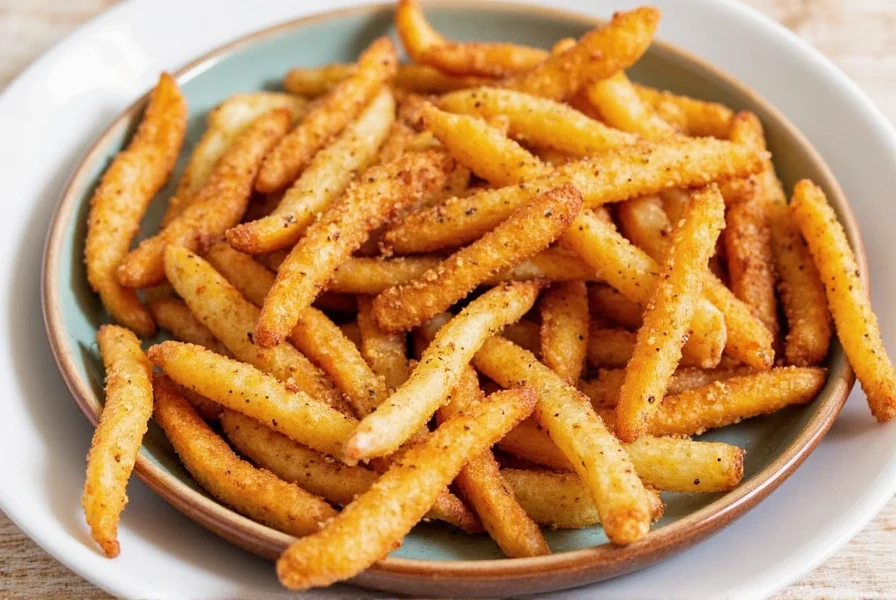
Unlike your average salt-and-pepper mix, Cajun seasoning blends together a symphony of heat, earthiness, and umami. Common ingredients include:
- Paprika (for that rich red color and smoky undertone)
- Garlic powder (because who doesn’t love garlic?)
- Onion powder (to deepen the savory notes)
- Cayenne pepper (spice alert!)
- Black pepper (the backbone of most spice blends)
- Oregano and thyme (for a touch of herbal flair)
When used correctly, this seasoning doesn’t just sit on top of your food — it *becomes* the food. Whether you’re frying shrimp, grilling ribs, or roasting potatoes, a good Cajun fry seasoning can be your best friend in the kitchen.
The 7 Pro-Backed Cajun Fry Seasoning Secrets
You’ve probably sprinkled some Cajun seasoning on your fries and called it a day. But here’s the thing — to really unlock its potential, you need to go beyond the shaker. Here are 7 insider tips from chefs and home cooks alike.
1. Layer It Like a Pro
Don’t just sprinkle it on top. Build layers of flavor by adding Cajun seasoning at different stages of cooking. Try:
- Mixing it into your flour or batter before frying
- Rubbing it onto meats before cooking
- Sprinkling a final dash after plating for that extra punch
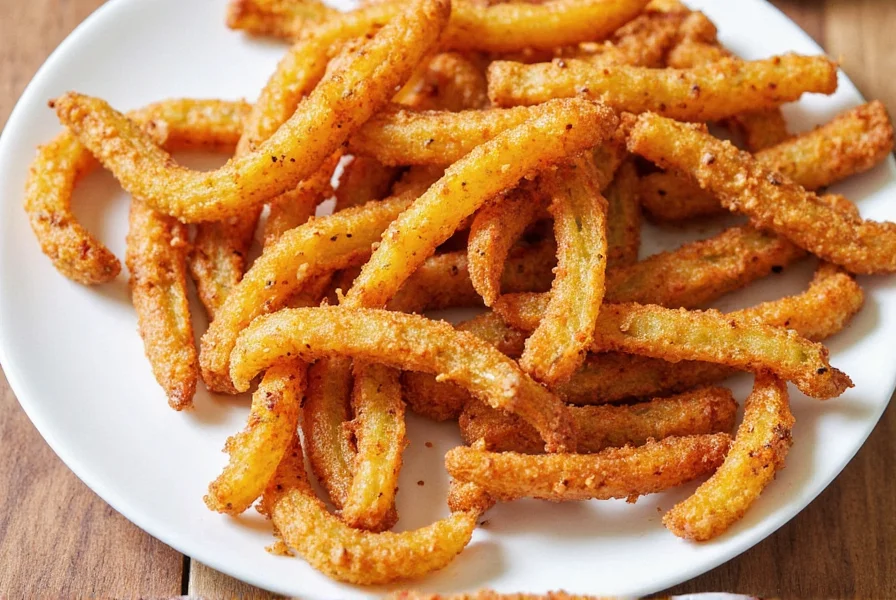
2. Toast It First for Deeper Flavor
This tip comes straight from the pros: toast your Cajun seasoning in a dry pan before using it. This unlocks the oils and aromatics in the spices, giving your dish a richer, more complex flavor profile.
| Toasting Method | Time | Result |
|---|---|---|
| Low Heat | 2–3 minutes | Mildly aromatic |
| Medium Heat | 1–2 minutes | Bold, nutty aroma |
| High Heat | 30 seconds | Smoky edge (not recommended for delicate dishes) |
3. Mix It Into Batters and Sauces
Cajun seasoning isn’t just for sprinkling — blend it into batters, marinades, and dipping sauces. Try these combos:
- Cajun + buttermilk = epic fried chicken soak
- Cajun + mayo + lime = quick-dip sauce gold
- Cajun + ranch dressing = zesty fry dip
4. Pair It With Citrus for Balance
The boldness of Cajun seasoning can easily overwhelm your palate. The fix? Add a splash of citrus like lemon juice or lime zest to brighten things up. It’s especially great with seafood!

5. Use It in Unexpected Dishes
Think outside the fryer. Cajun seasoning works wonders in all sorts of dishes:
- Popcorn: Toss warm popcorn with melted butter and a few shakes of Cajun seasoning
- Eggs: Sprinkle over scrambled eggs for a spicy twist
- Roasted Veggies: Coat carrots, cauliflower, or Brussels sprouts in oil and Cajun seasoning before roasting
6. Adjust the Heat to Your Taste
If your Cajun seasoning feels too hot or too tame, tweak it:
- Want it spicier? Add more cayenne or chili powder
- Want it milder? Reduce cayenne and increase paprika or garlic powder
7. Make Your Own Custom Blend
Store-bought is fine, but making your own Cajun fry seasoning gives you full control over the flavor. Try this basic recipe:
1 tbsp paprika 1 tsp garlic powder 1 tsp onion powder 1 tsp black pepper ½ tsp cayenne pepper ½ tsp dried oregano ½ tsp dried thyme
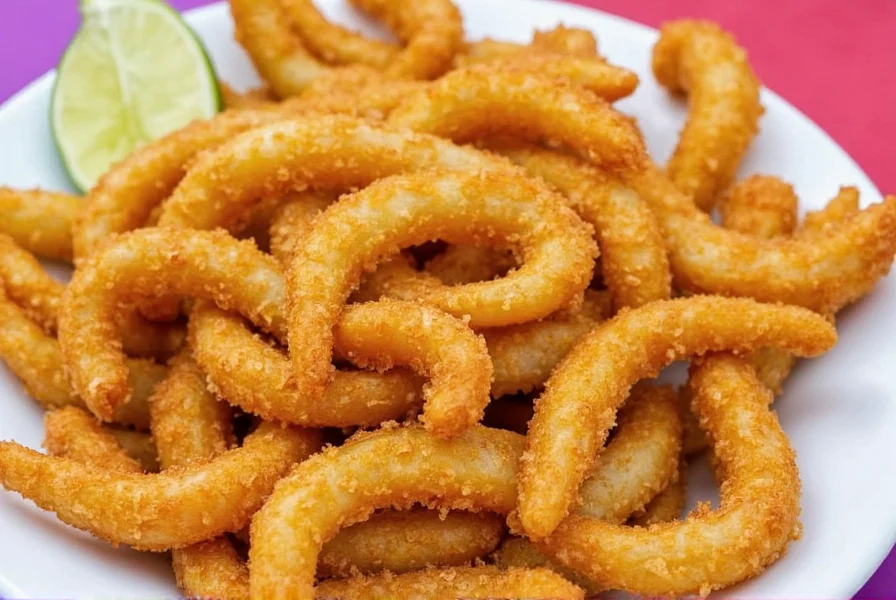
Buying Guide: Choosing the Right Cajun Fry Seasoning for You
Not all Cajun seasonings are created equal. Some are hotter than others, while some lean more toward herbaceous flavors. Here’s how to choose wisely based on your needs:
Top Picks Compared
| Brand | Flavor Profile | Heat Level | Best For |
|---|---|---|---|
| Tony Chachere’s Original | Classic, salty, balanced | Mild to Medium | Everyday cooking, beginners |
| Zatarain’s Creole Seasoning | Less salt, more herbs | Low | Health-conscious eaters |
| Slap Ya Mama Medium Heat | Robust, slightly smoky | Medium | Grilling, gumbo, jambalaya |
| Old Bay Cajun Seasoning | Mild, seafood-friendly | Very Low | Crab boils, shrimp |
| Creole Chef Extra Hot | Fiery, intense | Extra Hot | Spice lovers, adventurous eaters |
Things to Look For
- No unnecessary fillers like cornstarch or anti-caking agents unless needed
- Whole spices ground fresh whenever possible for better aroma
- Transparent ingredient list — no mystery chemicals
Who Should Buy What?
| User Type | Recommended Cajun Seasoning | Why? |
|---|---|---|
| New to Cajun food | Tony Chachere’s | Classic taste, widely available |
| Seafood lover | Old Bay | Subtle and complements shellfish |
| Meat griller | Slap Ya Mama | Strong enough to hold up to grilled meats |
| DIY cook | Make your own blend | Total control over heat and flavor |
Cajun Spice in Global Cuisines: A Flavorful Journey
While Cajun seasoning is rooted in Louisiana culture, its bold flavor has traveled far and wide. Chefs around the world have been experimenting with this iconic blend — here’s how it’s showing up globally:
Asia: Spicy Meets Sweet
In Thailand and Japan, Cajun seasoning has made its way into street food like Cajun fries with sriracha mayo and even Cajun-spiced ramen noodles. The heat pairs surprisingly well with sweet elements like honey or mango.

Europe: Fusion Flair
In France and Italy, chefs are blending Cajun seasoning with local flavors — think Cajun pasta with goat cheese cream sauce or Cajun-rubbed duck confit. It adds a modern twist to classic dishes.
Africa: Bold & Earthy
In West Africa, Cajun seasoning is being used alongside native spices like grains of paradise and smoked paprika. It’s a natural fit in dishes like grilled fish with tomato-based stews.
Latin America: Heat Match Made in Heaven
From Mexico to Brazil, Cajun seasoning finds a happy home among chiles, cilantro, and citrus. It’s often blended into salsas, used as a rub for tacos al pastor, or shaken onto grilled plantains.
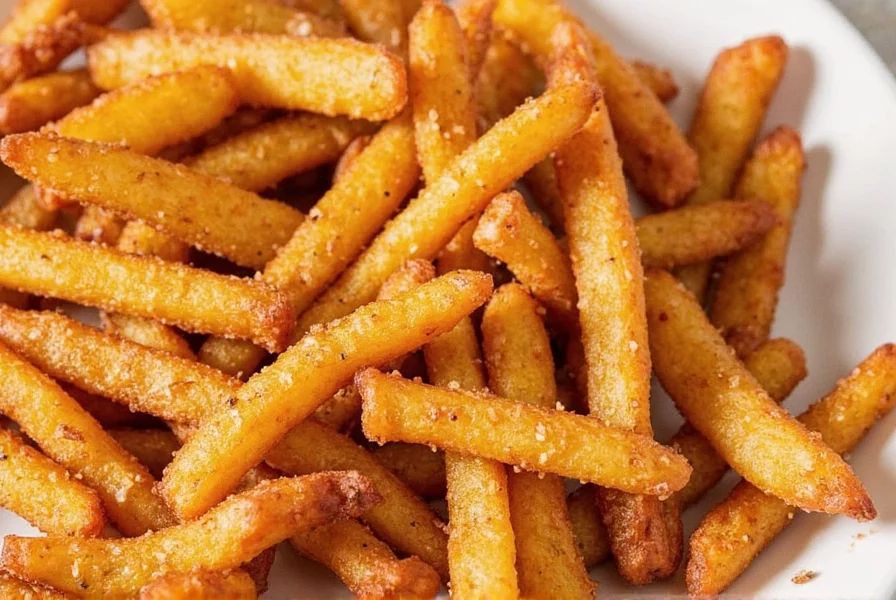
Final Thoughts: Season Like a Southern Star
Cajun fry seasoning isn’t just a spice — it’s a culinary passport to bold flavors and vibrant traditions. Whether you're new to the blend or already a fan, there's always room to explore and experiment.
So next time you reach for that bottle (or make your own!), remember: the real secret to great Cajun flavor isn’t just the seasoning — it’s how you use it. And now you’ve got seven pro tips to take your game to the next level.
Happy frying, spice lovers 🌶️🔥
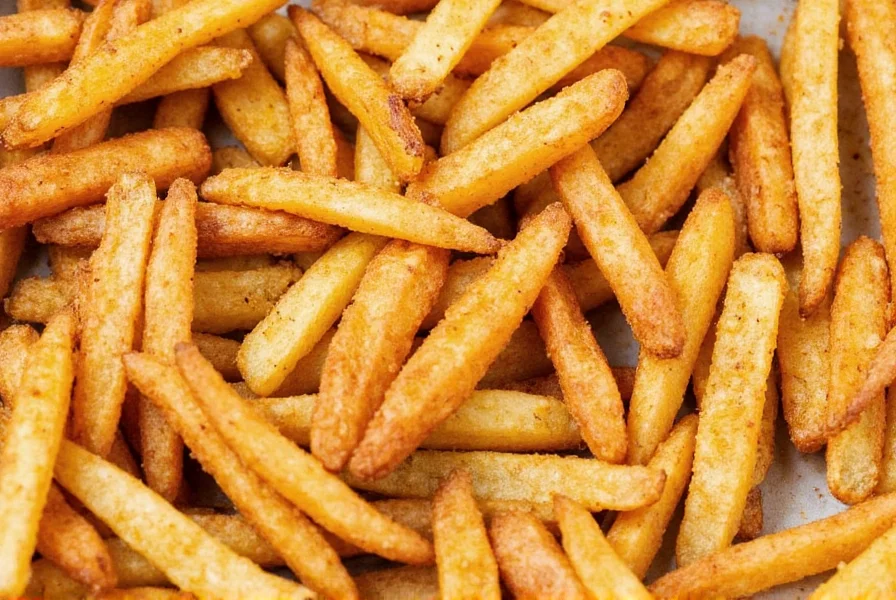

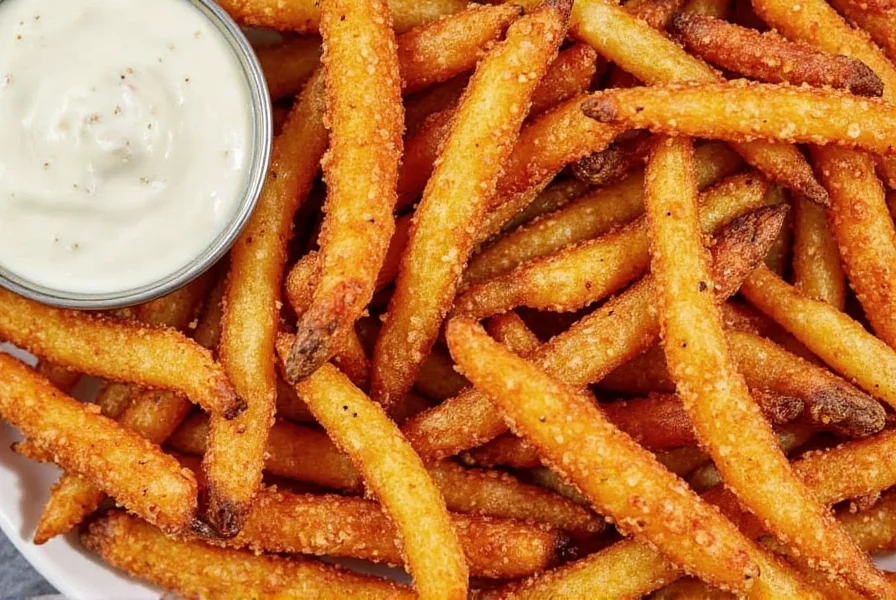









 浙公网安备
33010002000092号
浙公网安备
33010002000092号 浙B2-20120091-4
浙B2-20120091-4